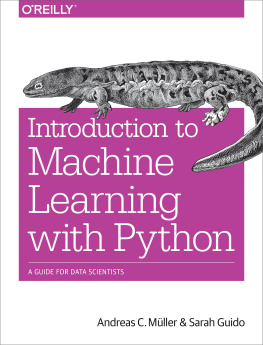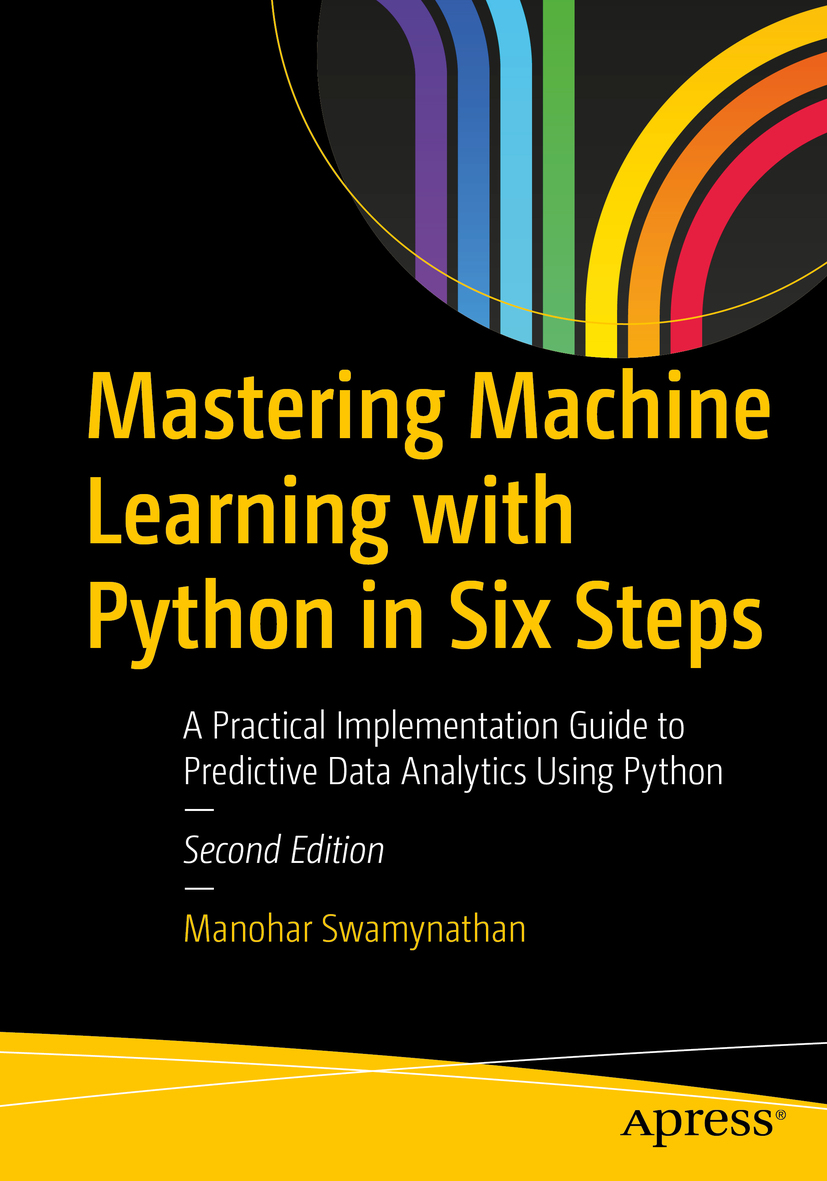This book is your practical guide to moving from novice to master in machine learning (ML) with Python 3 in six steps. The six steps path has been designed based on the six degrees of separation theory, which states that everyone and everything is a maximum of six steps away. Note that the theory deals with the
quality of connections, rather than their existence. So a great effort has been taken to design an eminent yet simple six steps covering fundamentals to advanced topics gradually, to help a beginner walk his/her way from no or least knowledge of ML in Python all the way to becoming a master practitioner. This book is also helpful for current ML practitioners to learn advanced topics such as hyperparameter tuning, various ensemble techniques, natural language processing (NLP), deep learning, and the basics of reinforcement learning.
Figure 1
Mastering machine learning with Python 3 in six steps
Each topic has two parts: the first part will cover the theoretical concepts and the second part will cover practical implementation with different Python packages. The traditional approach of math to ML (i.e., learning all the mathematic then understanding how to implement them to solve problems) needs a great deal of time/effort, which has proved to be inefficient for working professionals looking to switch careers. Hence, the focus in this book has been more on simplification, such that the theory/math behind algorithms have been covered only to the extent required to get you started.
I recommend that you work with the book instead of reading it. Real learning goes on only through active participation. Hence, all the code presented in the book is available in the form of Jupyter notebooks to enable you to try out these examples yourselves and extend them to your advantage or interest as required later.
Who This Book Is For
This book will serve as a great resource for learning ML concepts and implementation techniques for:
Python developers or data engineers looking to expand their knowledge or career into the machine learning area
Current non-Python (R, SAS, SPSS, Matlab or any other language) ML practitioners looking to expand their implementation skills in Python
Novice ML practitioners looking to learn advanced topics such as hyperparameter tuning, various ensemble techniques, natural language processing (NLP), deep learning, and the basics of reinforcement learning
What You Will Learn
Chapter , Step 1: Getting Started in Python 3 will help you to set up the environment, and introduce you to the key concepts of Python 3 programming language relevant to machine learning. If you are already well versed in Python 3 basics, I recommend you to glance through the chapter quickly and move on to the next chapter.
Chapter , Step 2: Introduction to Machine Learning : Here you will learn about the history, evolution and different frameworks in practice for building ML systems. I think this understanding is very important, as it will give you a broader perspective and set the stage for your further expedition. Youll understand the different types of ML (supervised/unsupervised/reinforcement learning). You will also learn the various concepts involved in core data analysis packages (NumPy, Pandas, Matplotlib) with example codes.
Chapter , Step 3: Fundamentals of Machine Learning : This chapter will expose you to various fundamental concepts involved in feature engineering, supervised learning (linear regression, nonlinear regression, logistic regression, time series forecasting, and classification algorithms), and unsupervised learning (clustering techniques, dimension reduction technique) with the help of Scikit-learn and statsmodel packages.
Chapter , Step 4: Model Diagnosis and Tuning : in this chapter youll learn advanced topics around different model diagnosis, which covers the common problems that arise and various tuning techniques to overcome these issues to build efficient models. The topics include choosing the correct probability cutoff, handling an imbalanced dataset, the variance, and the bias issues. Youll also learn various tuning techniques such as ensemble models, and hyperparameter tuning using grid/random search.
Chapter , Step 5: Text Mining and Recommender Systems : Statistics say 70% of the data available in the business world is in the form of text, so text mining has vast scope across various domains. You will learn the building blocks and basic concepts to advanced NLP techniques. Youll also learn the recommender systems that are most commonly used to create personalization for customers.



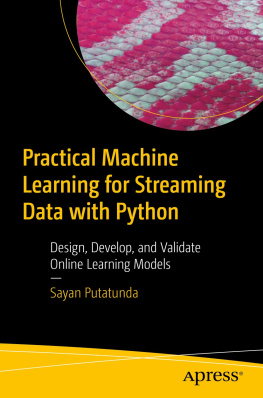

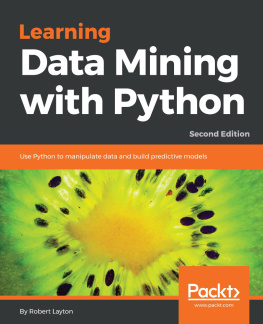
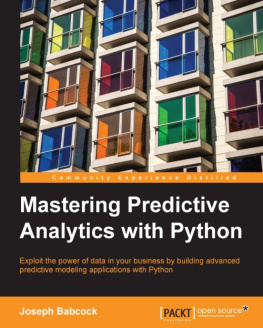
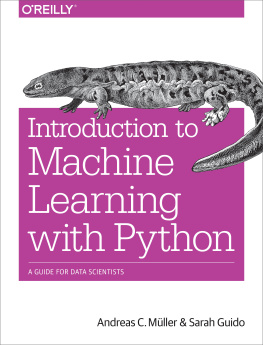
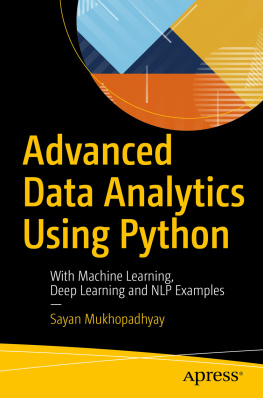
![Frank Kane [Frank Kane] - Hands-On Data Science and Python Machine Learning](/uploads/posts/book/119615/thumbs/frank-kane-frank-kane-hands-on-data-science-and.jpg)

